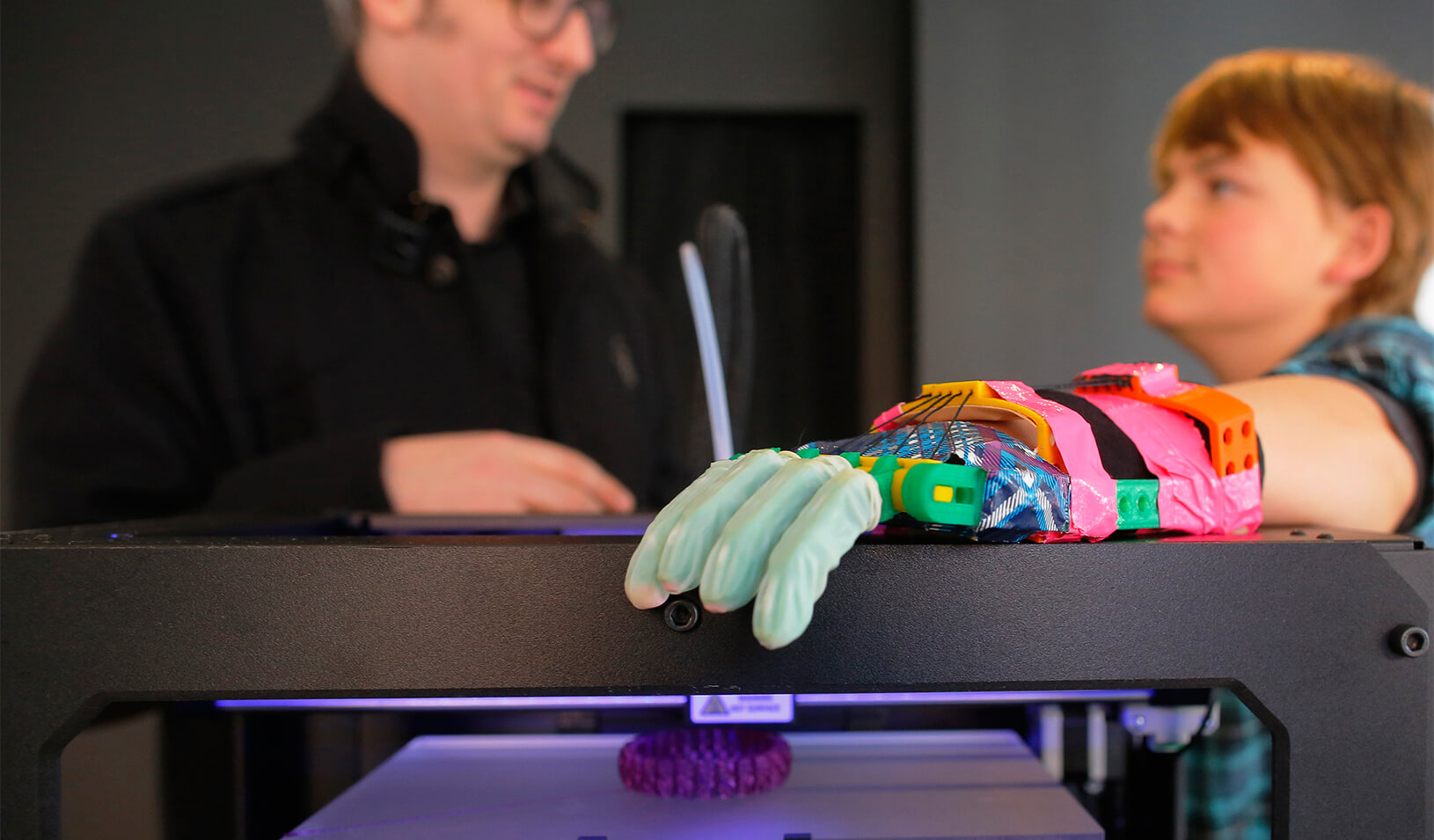
In the first part of this series, we described Gregg Renfrew’s effort to begin a personal care and cosmetics company and asked readers what they would do if they were in the entrepreneur’s shoes. Some readers questioned how the startup would distinguish itself from other more established and better-known beauty products. Their advice is recounted at the end of this story.
In this second part, the start-up road gets rocky when Renfrew calls on her network of friends and former colleagues to help her.
Some of the names and details have been fictionalized in this 2012 case study published by Stanford GSB’s Center for Entrepreneurial Studies. An edited version of the case — written by H. Irving Grousbeck and Sara Rosenthal — follows:
Among Gregg Renfrew’s first key hires as she was preparing to launch her cosmetics startup in the fall of 2011 were friends who had held senior positions in various disciplines to consult, advise, and serve on her board of directors. One of her most important recruits was Pamela Mitchell, a long-time mentor and brilliant brand strategist.
Renfrew had first met Mitchell 10 years prior through a mutual friend in the retail industry. She was well known as a sharp-minded brand strategist who, through her own Seattle-based firm, had contributed her creative energies to some of the most highly visible brands in the country. Renfrew first worked closely with Mitchell in 2003 while managing her own retail-consulting practice, and it was there that Renfrew got her first taste of Mitchell’s ability to dig in her heels when she believed strongly in something. But not only was Mitchell just the right person to help create the decidedly American and accessible brand image she wanted for her company, she was also a trusted friend and mentor.
Renfrew described their relationship:
“One of the hardest things about running your own company is that everyone turns to you, but you never have anyone to turn to, you can never admit weakness or be scared. I crave talking to people who are also entrepreneurial, who have run their own companies, and who understand the day-to-day challenges I face. Pamela has always been such a person for me. She’s very bright, and I’ve used her for years to give me guidance in my career.”
Renfrew and Mitchell began contract discussions in early fall 2011 to solidify Mitchell’s designation as a board member who would also provide consulting services at a discount to her typical fees. While she would continue to manage her firm’s other client relationships, she would devote significant time to the new company and staff a team to work on the project as well. Renfrew and Mitchell had soon drafted an agreement to work together, and though it was never officially signed, Renfrew felt comfortable that they had settled enough details to proceed. She immediately authorized Mitchell to begin creating the company’s name. As in years past, Mitchell delivered brilliantly. She created the logo and began to hone the company’s positioning as a brand that empowered women, both through the direct-sales model and its highly transparent, safe, and sophisticated product line.
In mid-January, Renfrew called her team together for a meeting to discuss the product road map and milestones for the months ahead. Mitchell had flown in to present a status update on the marketing plan, which included a proposal to tour college campuses that spring to find the face of Beautycounter. One colleague glibly responded that Mitchell’s proposal seemed premature, given that the company had yet to establish its brand. Mitchell took offense: “We have spent months building this brand and the positioning. To say we have yet to establish a brand is just insulting and disrespectful!”
In an attempt to subdue Mitchell’s anger, Renfrew steered the conversation to a new topic by asking her to display the various logo ideas she and her team had conceived. After reviewing the logos, another colleague commented that they looked just like that of another well-known cosmetics company, and did not go far enough to distinguish Beautycounter from the rest of the pack.
At this, Mitchell rose from her seat and stormed out of the room without a word. The team was shaken and surprised at Mitchell’s response, but also knew from seeing her work over the past several months that she was deeply passionate and “all-in” — she had clearly taken the comments very personally.
Renfrew excused herself from the meeting to follow Mitchell and talk her down from her anger. She found her pacing in the lobby and asked her to explain her response. Mitchell replied, “They’ve completely belittled all the hard work that we have put into building this brand. I will not put up with being treated this way.”
Renfrew responded, “Pamela, I see how hard you’ve been working and know that the Beautycounter brand is what it is because of you. But you’re above this type of behavior. This hurts your credibility within the team and just makes you look bad.”
Saying she’d go back and talk to their colleagues, Renfrew added that she needed Mitchell “to cool down, walk back into that room, and get back to work.” Mitchell took a deep breath and apologized for losing her temper. She promised to return to the meeting after taking a short walk around the building, at which point Renfrew sat down with their colleagues.
Renfrew told her colleagues that they were out of line with their comments. “While it may not be readily apparent to you, Pamela and her team have spent months working on building this brand, and I really value their contributions. Your comments have created an uncomfortable situation, and I just can’t stand for any member of our team to feel disrespected. I value your opinions but need you to find a more constructive way to communicate them.”
Several minutes later, Mitchell returned to the meeting room, and though the tension had not yet dissipated, everyone had visibly calmed down. To bring some closure to the event, Renfrew made a final comment to her team: “Let me be crystal clear how important it is that we are all respectful of one another. Each person here is working hard to get this company launched, and we all need to be cognizant of each member’s contributions. We are a team and cannot get to our final destination unless we act as one.”
Later that day, Mitchell called Renfrew: “I’m sorry for the stress. I really, really care about this. My defensiveness can be personal, but it’s ultimately protective of the pure idea. I promise.”
The Challenge
What are the next steps Renfrew should take to assure that her team will be collaborative and productive going forward? How would you have handled the conflict? Tell us your thoughts on Facebook using #StanfordGSBCaseStudy.
Next Issue
Will Renfrew’s new line of clean cosmetics find its niche in the marketplace, or will the risks prove too great to overcome?



